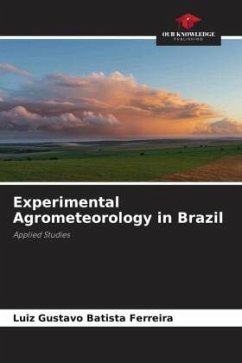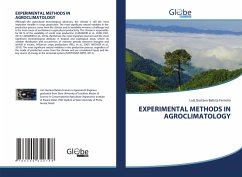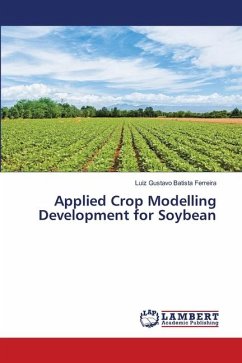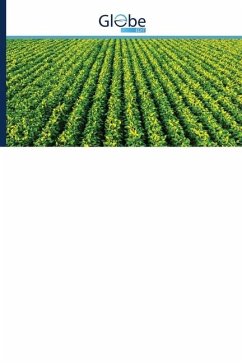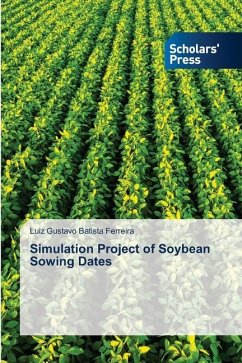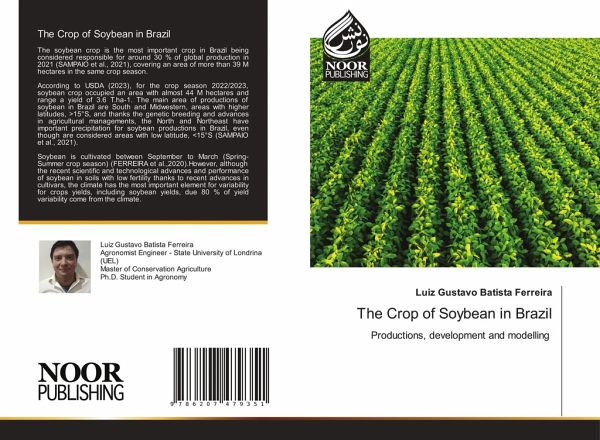
The Crop of Soybean in Brazil
Productions, development and modelling
Versandkostenfrei!
Versandfertig in 6-10 Tagen
17,99 €
inkl. MwSt.

PAYBACK Punkte
9 °P sammeln!
The soybean crop is the most important crop in Brazil being considered responsible for around 30 % of global production in 2021 (SAMPAIO et al., 2021), covering an area of more than 39 M hectares in the same crop season. According to USDA (2023), for the crop season 2022/2023, soybean crop occupied an area with almost 44 M hectares and range a yield of 3.6 T.ha-1. The main area of productions of soybean in Brazil are South and Midwestern, areas with higher latitudes, >15°S, and thanks the genetic breeding and advances in agricultural managements, the North and Northeast have important precipi...
The soybean crop is the most important crop in Brazil being considered responsible for around 30 % of global production in 2021 (SAMPAIO et al., 2021), covering an area of more than 39 M hectares in the same crop season. According to USDA (2023), for the crop season 2022/2023, soybean crop occupied an area with almost 44 M hectares and range a yield of 3.6 T.ha-1. The main area of productions of soybean in Brazil are South and Midwestern, areas with higher latitudes, >15°S, and thanks the genetic breeding and advances in agricultural managements, the North and Northeast have important precipitation for soybean productions in Brazil, even though are considered areas with low latitude, <15°S (SAMPAIO et al., 2021). Soybean is cultivated between September to March (Spring-Summer crop season) (FERREIRA et al.,2020).However, although the recent scientific and technological advances and performance of soybean in soils with low fertility thanks to recent advances in cultivars, the climate has the most important element for variability for crops yields, including soybean yields, due 80 % of yield variability come from the climate.







